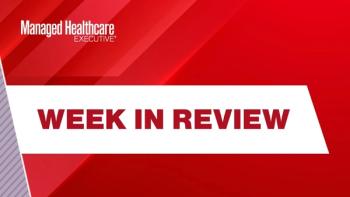
Few Takers When It Comes Basic Health Programs. But Five States Should Consider Starting One, Urban Institute Analysis Shows
States can use federal money that would otherwise support ACA marketplace premium tax credits to set up programs that offer health insurance to low-income people whose incomes are too high to make them eligible for Medicaid.
Under the Affordable Care Act (ACA) states have the option to create their
New York and Minnesota are the only two states that currently have a BHP. Before the ACA, they had programs that extended health insurance for low-income people who weren’t eligible for Medicaid, so their BHPs were a way of continuing that coverage. Oregon, which traditionally has had a strong Medicaid program, has just received federal permission to establish a BHP.
What about other states? It is still a sliver-sized minority, but a recent study by
Buettgens argues in the report that BHPs in those state would help ease the problem of “churn” when people go back and forth between being eligible for Medicaid and then not be eligible as their income goes up and down. Instead of going into the complicated ACA marketplace plan market, with premium costs offset by premium tax credit, many people who lose Medicaid coverage because of relatively modest income gains would get coverage through BHPs. Buettgens notes, though, that the BHPs would have only a slight effect on the uninsured rates. Why? Because these days, most of the people without health insurance are eligible for Medicaid but haven’t sign up for it; have incomes higher than 200% of the federal poverty that is the ceiling for eligibility for BHP coverage, or “not lawfully present in the U.S.”
According to Buettgens also calculated how much the BHP programs would need to pay providers with a budget based on federal money equal to 95% of the marketplace premium tax credits that BHP enrollees would have received were they to get coverage the ACA marketplace plans. The payments to providers less than what the ACA marketplace plans pay but more than Medicaid. Buettgens calculations shows that the rate would be the 110% of the Medicaid rate in Iowa, 115% in Wisconsin and 125% in Illinois, Wyoming and West Virginia.
Newsletter
Get the latest industry news, event updates, and more from Managed healthcare Executive.

















































